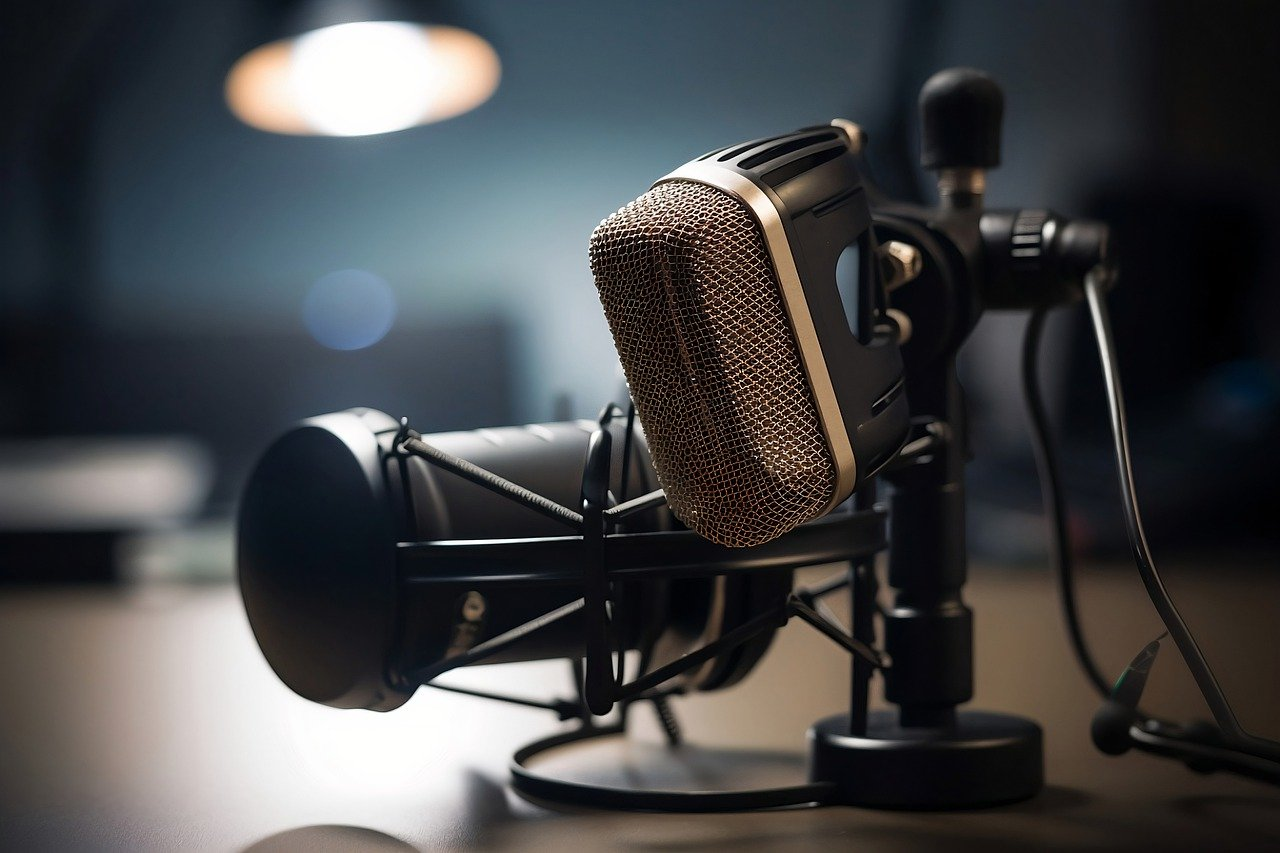The noise in the recording studio: an eternal game with 'invisible visitors'
Imagine, as you hold your breath and prepare to record a perfect guitar solo, the uninvited 'invisible visitor' comes again - the air conditioner sighs softly, the computer fan starts to turn irritably, and a chattering sparrow stops outside the window at some point. This is the nightmare that recording engineers experience every day: noise, this invisible enemy, always destroys perfect recordings at the most critical moments.
In a professional recording studio, noise is like a skilled disguise master. It sometimes transforms into a 50Hz current hum, quietly infiltrating your monitoring system; Sometimes it becomes a slight vibration from the floor, making your bass recording cloudy and unclear; More often than not, it is as ubiquitous as air, yet elusive. A recording engineer with twenty years of experience once described it this way: "We are not dealing with sound, but playing hide and seek with noise
The construction of modern recording studios is comparable to building a 'sound vacuum chamber'. Designers calculate the thickness of each sound-absorbing cotton with precision like surgeons, and track every possible acoustic vulnerability like detectives. Floating flooring, double-layer soundproof walls, professional soundproof doors and windows These expensive facilities are all telling the same truth: what price humans are willing to pay in pursuit of pure sound. But ironically, the quieter the environment, the more obvious the subtle noises that are concealed - just like in a pitch black room, the light of a match can also appear glaring.
The evolution history of noise reduction technology is a history of human struggle against noise. From early noise gates and dynamic filters, to now AI based intelligent noise reduction algorithms, we seem to be one step closer to perfection. But just like Sisyphus pushing stones up a mountain, every time a problem is solved, new challenges arise. Excessive noise reduction can make the sound lose its vitality, just like overly beautiful photos lose the texture of the skin. Famous producer Rick Rubin once said, "Sometimes, the 'flaws' we want to eliminate are precisely the most charming parts of music
In this endless game, some clever sound engineers are starting to change their mindset: if you can't completely eliminate noise, why not learn to coexist with it? Just as jazz musicians improvise and turn "mispronouncing" into new melodies, modern recording art is redefining the value of noise. Film sound engineers intentionally retain some environmental background noise to enhance realism, and lo fi musicians have turned the explosive sound of vinyl records into an aesthetic label. This transformation reveals a profound artistic truth: perfection does not lie in eliminating all defects, but in making them distinctive.
Perhaps the significance of noise lies in reminding us that sound is never an isolated existence, it is always in dialogue with the environment. As an old recording engineer once said, "When you learn to listen to noise, you truly learn to listen." In this sense, noise is no longer an enemy, but a mirror for us to understand the essence of sound.







